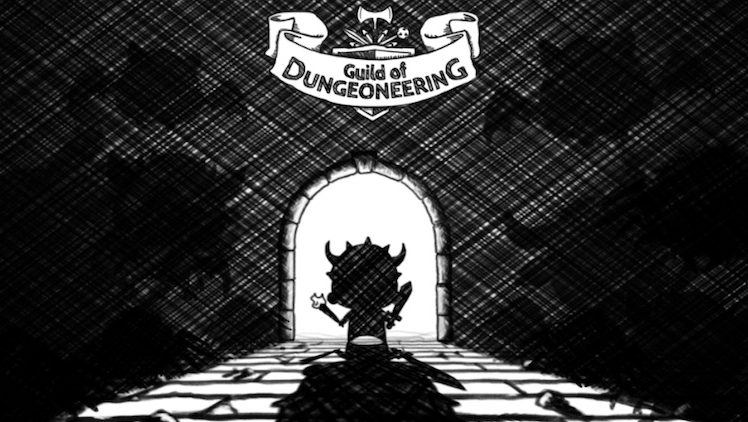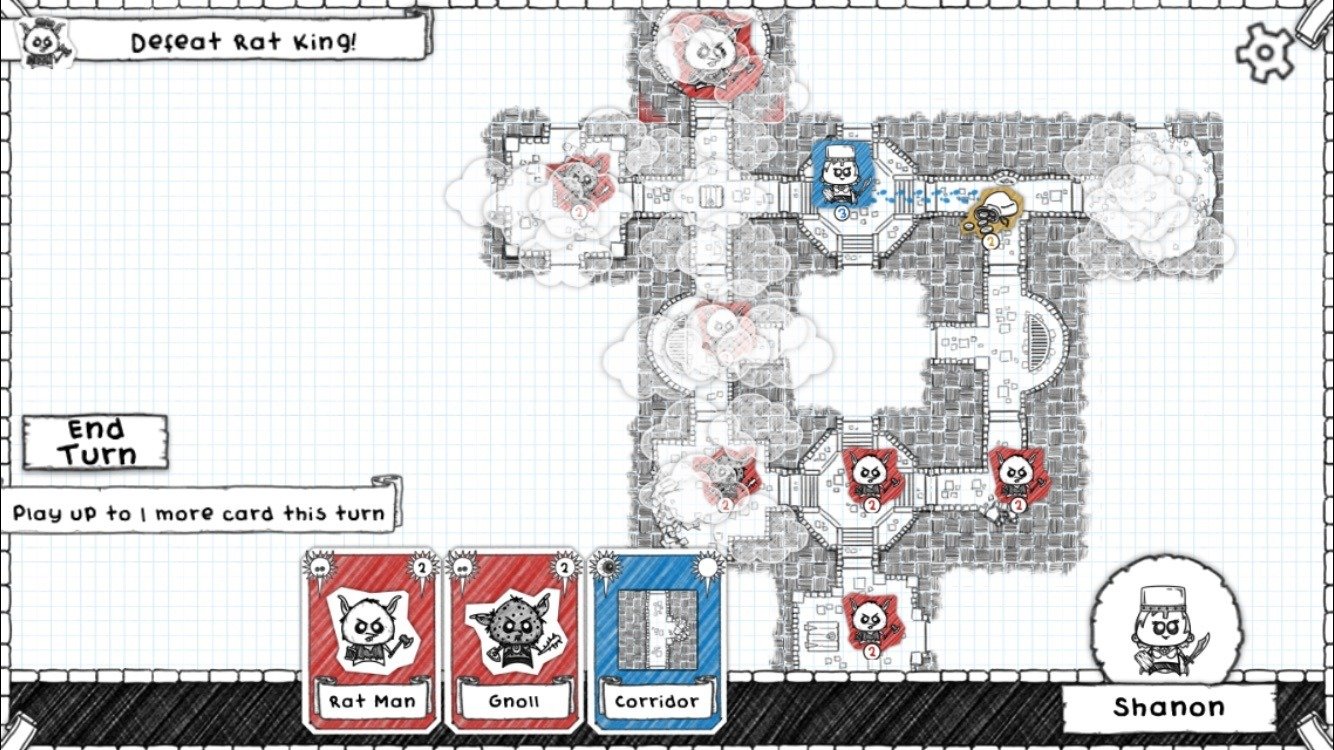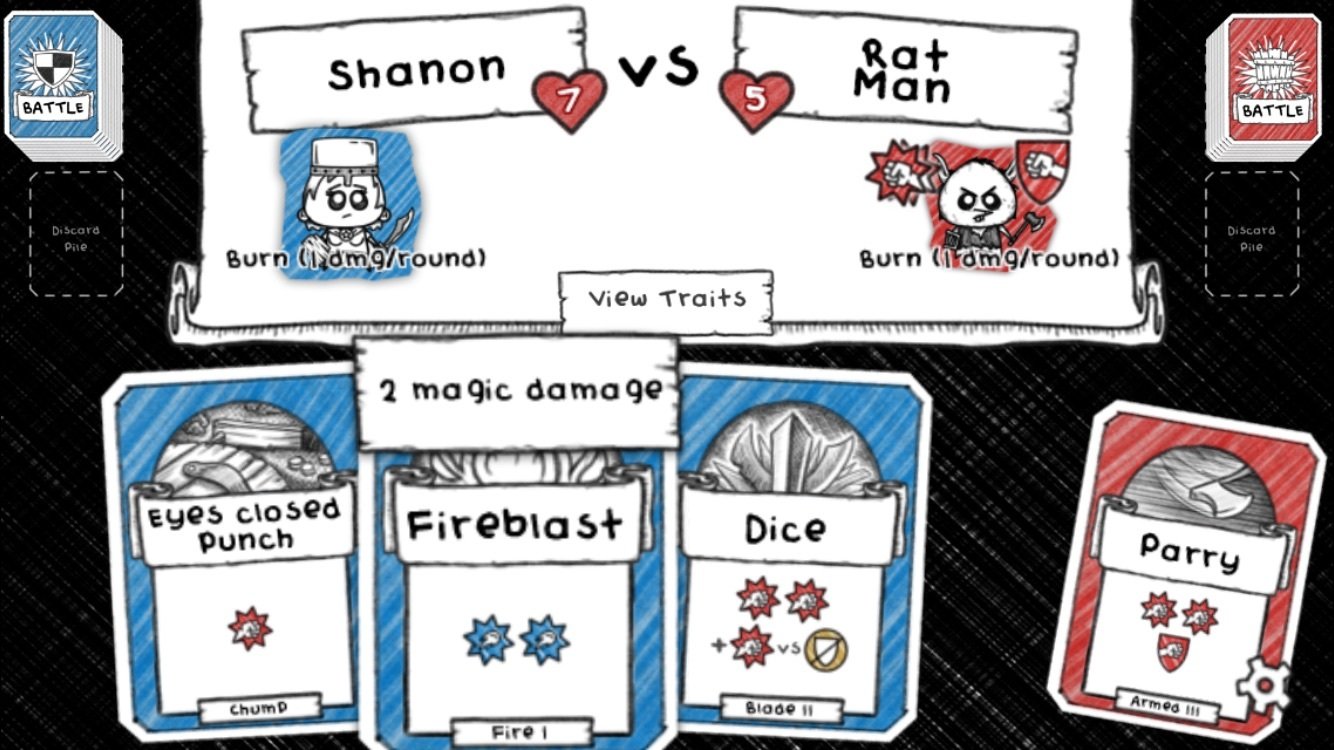- Wondering how to get Monopoly GO! free rolls? Well, you’ve come to the right place. In this guide, we provide you with a bunch of tips and tricks to get some free rolls for the hit new mobile game. We’ll …
Best Roblox Horror Games to Play Right Now – Updated Weekly
By Adele Wilson
Our Best Roblox Horror Games guide features the scariest and most creative experiences to play right now on the platform!The BEST Roblox Games of The Week – Games You Need To Play!
By Sho Roberts
Our feature shares our pick for the Best Roblox Games of the week! With our feature, we guarantee you'll find something new to play!All Grades in Type Soul – Each Race Explained
By Adele Wilson
Our All Grades in Type Soul guide lists every grade in the game for all races, including how to increase your grade quickly!
Guild of Dungeoneering Review: Adorably Aggravating Adventuring
The Guild of Dungeoneering is a game that I’ve actually had in my periphery for a little while now. Unfortunately I’ve had to be somewhat selective with my Steam downloads (thanks to dabbling in video editing and an unexpected shortage …

The Guild of Dungeoneering is a game that I’ve actually had in my periphery for a little while now. Unfortunately I’ve had to be somewhat selective with my Steam downloads (thanks to dabbling in video editing and an unexpected shortage of hard drive space), but now it’s out on mobile so I don’t have to worry about that anymore!
The best way I can think to describe this game quickly is as a hybrid board game, card game, and roguelike. And one that works incredibly well in practice, too. Though since it is a roguelike, you should be prepared for some frustration when you lose one (or more) of your adventurers. Par for the course, really.

Everything begins with you needing to expand your fledgling guild. Some rooms will unlock new types of adventurers to take into dungeons, some rooms will allow you to find better equipment while exploring, and some grant your adventurers passive bonuses. Then there’s the dungeon exploration itself, where you place up to three cards from your hand of five each turn in order to add rooms, monsters, and treasures.
What’s really great about exploration is that it’s like a strategic puzzle. If you want to reach a specific location, you’ll need to plan ahead and lay down rooms carefully so as not to cut yourself off. You also don’t want to get in over your head with enemies, but winning a fight is the fastest way to get better gear. The only thing that bothers me about this approach is the fact that you can’t take back a card you just placed if you change your mind – a minor gripe to be sure, but it would’ve been nice.

Combat is also card driven, and has its own kind of strategy to it. Different enemies have different sets of cards (i.e. attack and defense abilities) as well as the occasional trait that may make them easier or tougher to battle. Similarly, each adventurer class has their own cards. The trick is to figure out how best to use what’s in your hand to deal with what’s being thrown at you. Sometimes you’ll want to take a hit or two if it means drawing more cards or powering up your next attack.
I do have one complaint, however: the interface is a little too small, to an almost uncomfortable degree in some cases. It’s easy enough to play and get by, but the description text feels tiny. Not the worst I’ve seen, but it could definitely stand to be a bit larger. There also doesn’t seem to be an option to zoom in on the map, which stinks. Again, not a game-breaking problem because it’s easy enough to see where new rooms can connect, but the obscuring fog that covers unexplored rooms makes it trickier than I’d like to figure out specific enemy types in advance.
Minor eyestrain aside, I’ve been having a great time with The Guild of Dungeoneering. It’s a very clever combination of several individual elements that I’d have enjoyed on their own. And it can be as brutal as it is accessible. That’s a good thing.

The good
- Makes clever use of board game mechanics and roguelike elements
- Both exploration and combat can be quite strategic and satisfying

The bad
More articles...
Monopoly GO! Free Rolls – Links For Free Dice
By Glen Fox
Wondering how to get Monopoly GO! free rolls? Well, you’ve come to the right place. In this guide, we provide you with a bunch of tips and tricks to get some free rolls for the hit new mobile game. We’ll …Best Roblox Horror Games to Play Right Now – Updated Weekly
By Adele Wilson
Our Best Roblox Horror Games guide features the scariest and most creative experiences to play right now on the platform!The BEST Roblox Games of The Week – Games You Need To Play!
By Sho Roberts
Our feature shares our pick for the Best Roblox Games of the week! With our feature, we guarantee you'll find something new to play!All Grades in Type Soul – Each Race Explained
By Adele Wilson
Our All Grades in Type Soul guide lists every grade in the game for all races, including how to increase your grade quickly!







